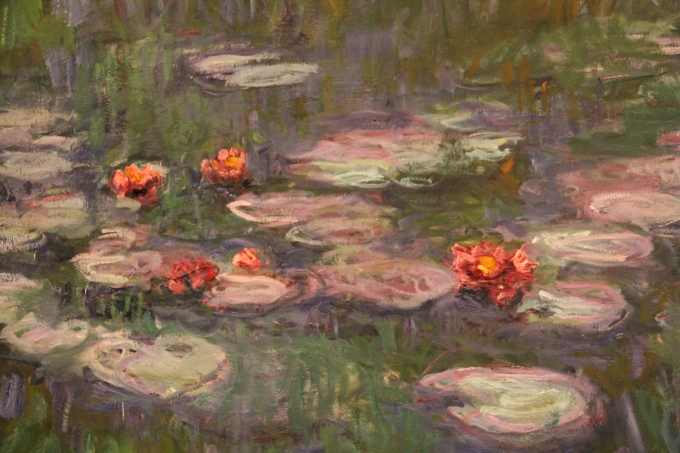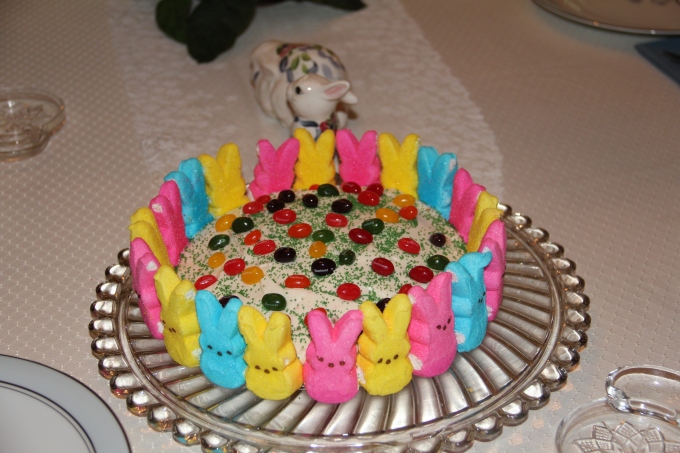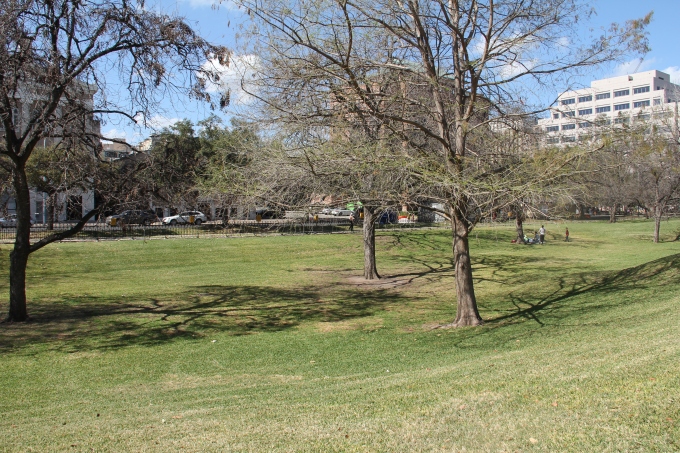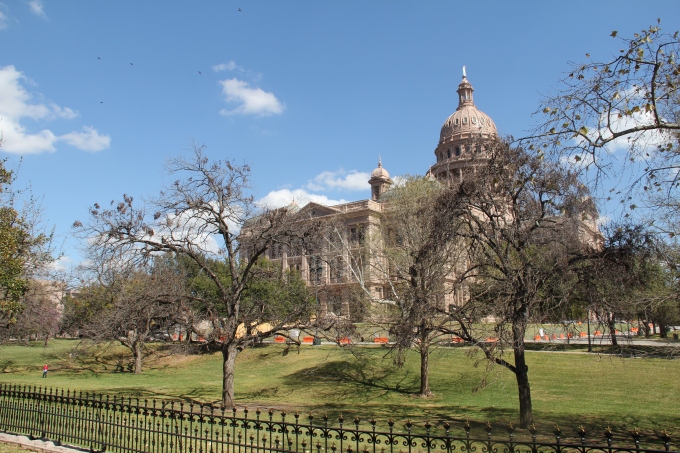If you read my
Doorway Into the Past blog then you know about the
McNay Museum of Art that I featured there. Marion Koogler McNay bequeathed her Spanish Colonial-Revival home and surrounding 23 acres to be preserved as a museum of modern art. Her collection of 700 pieces of European and Southwestern art pieces formed the core of the museum when it opened in 1954. Today the museum curates almost 20,000 pieces of art.
A current exhibit titled "The Extraordinary Ordinary: Three Installations" has three artists using "the stuff of ordinary life to create extraordinary environments". While all 3 were interesting my 12-year old companion and I found artist Tom Burckhardt's creation to hold us captive for quite a while. He created an artist's studio from corrugated cardboard, black paint, wood and hot glue and looked over nothing.
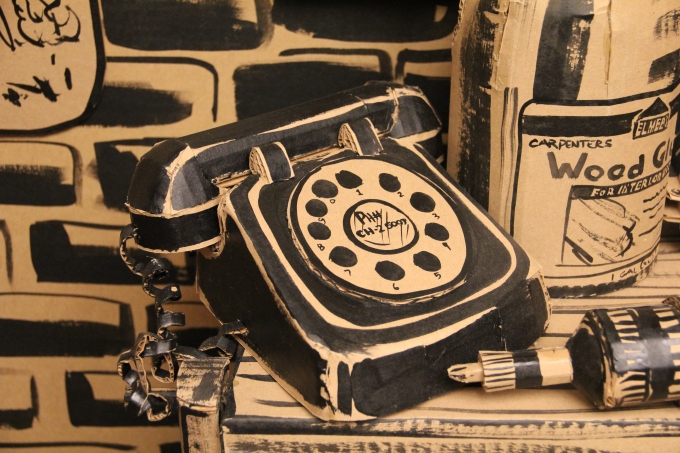
We carefully went over every detail commenting over and over, "look at that" or "how on earth did he make that" as well as "I wonder how many times he had to re-do that"!
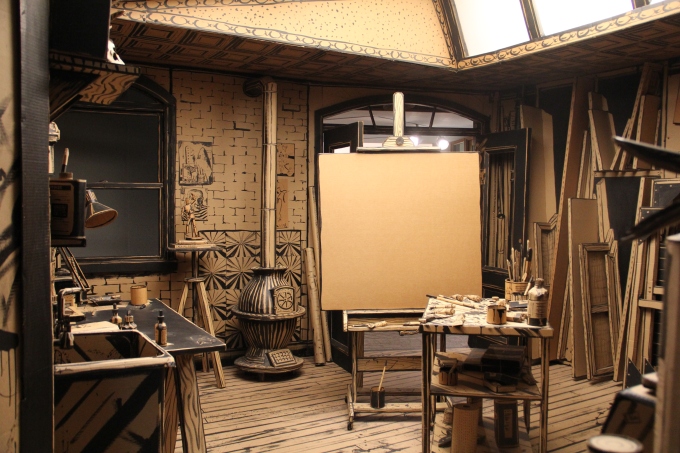
There were brushes and various types of paint all with meticulously painted labels. The small stove held a pot and a can of Campbell's tomato soup stored on a shelf above. A phonograph on the shelf was ready to play a tune and there were handy reference books on the table.
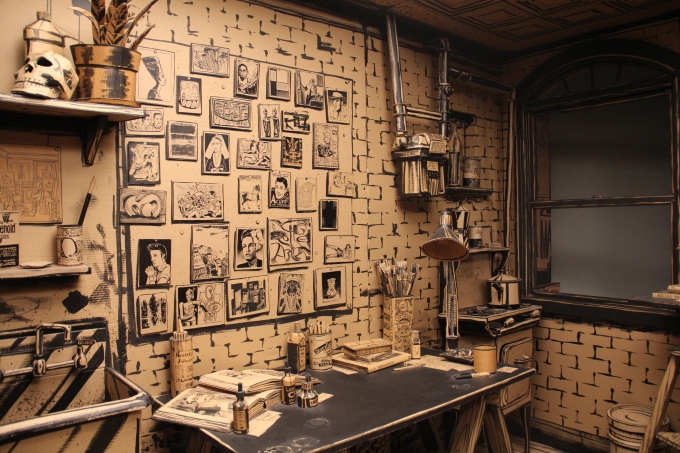
The window, sink, overhead pipes all look real, don't they? Such creativity - who would have thought of this!
And, I have to add that I was just as thrilled when we entered a room and there on the wall was one of Monet's studies of Water Lilies! I wanted to just bring it home with me, but perhaps buying a copy would be a little more prudent!
